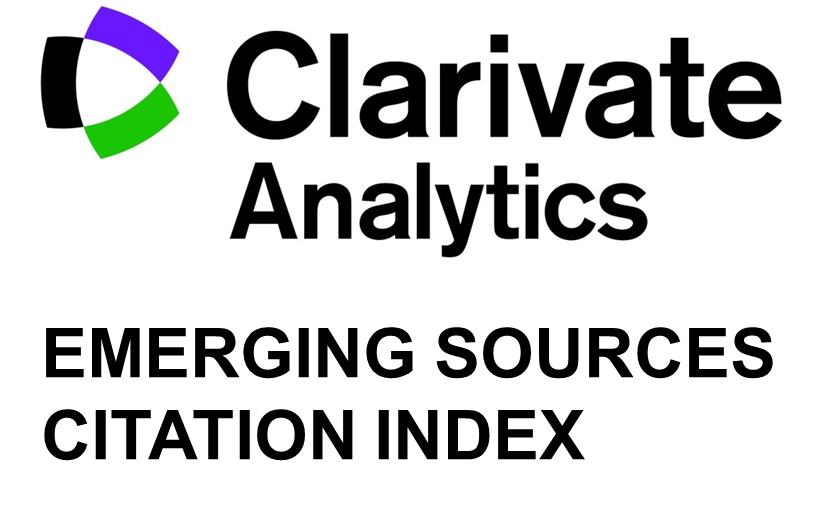A HYBRID PREDICTIVE ARCHITECTURE FORMULATION USING DEEP LEARNING AND HISTOGRAM OF GRADIENTS FOR COMPOUND EMOTION RECOGNITION
Anjana GURU PRASAD, Shruti KULKARNI, Vaishnavi SURESH BHANGENNAVAR, Vineet BELAGOD, Vijayalakshmi Gopasandra Venkateshappa Mahesh, Alex Noel JOSEPH RAJ
DOI: 10.15598/aeee.v22i1.5467
Abstract
Facial emotion recognition has gained attention of researchers all over the world in the past few decades. Initially, emotions were classified in the seven basic categories which included happy, sad, angry, etc. However, human emotions are rarely this simple. They are usually combinations of dominant and complimentary emotions and are known as Compound Emotions. Two different ways have been commonly adapted for the recognition of these emotions from facial images: firstly, by using handcrafted features, or by using deep learning networks. In this paper, the performance of four predefined deep learning networks in addition to a much simpler neural network for the recognition of Compound Emotions through facial images is analyzed. This paper also proposes a hybrid network where complexity of the deep learning models is reduced while maintaining the performance. The hybrid model concatenates the handcrafted features and the features extracted by a deep learning model. This has shown to have similar performance as compared to complex deep learning algorithms at the same time a much simpler architecture for understanding.






















